In addition to airstrikes, the Royal Air Force have also made significant contributions towards the coalition’s intelligence capabilities.
Operation Shader is the operational code name given to the British participation in the ongoing military intervention against the Islamic State. The operation began in Iraq on the 26th of September 2014, following a formal request for assistance by the Iraqi government.
Prior to this, the Royal Air Force had been engaged in a humanitarian relief effort over Mount Sinjar, which involved multiple aid airdrops by transport aircraft and the airlifting of displaced refugees.
By October 2014, the intervention had extended onto Syria with the Royal Air Force only mandated to conduct surveillance flights over the country.
In December 2015, the House of Commons approved British airstrikes against IS in Syria. The UK is one of several countries directly involved in the ongoing Syrian conflict that started in March 2011, utilising Tornado, Typhoon and Reaper aircraft.
By June 2016, the Ministry of Defence had announced that over 1,000 personnel were engaged in theatre and that the Royal Air Force had conducted around 900 airstrikes, flying over 2,200 sorties, killing almost 1,000 Islamic State fighters.
The Royal Air Force has deployed Sentinel R1, Sentry AEW1, RC-135W Rivet Joint and Shadow R1 aircraft to gather surveillance, in addition to Typhoon FGR4, Tornado GR4 and MQ-9 Reaper aircraft.
It is understood that the United Kingdom is responsible for almost half of all coalition surveillance flights over Iraq and Syria, with the Tornado jets RAPTOR reconnaissance pod accounting for 60% of the coalition’s entire tactical reconnaissance in Iraq alone.
It is understood that British strikes have killed 1,000 Islamic State fighters in Syria and Iraq since bombing began with zero civilian casualties.
Figures released under Freedom of Information laws revealed 974 militants were killed by Royal Air Force strikes in Iraq between September 2014 and May this year.
“Our records show that there were no civilian casualties for the period in question” the Ministry of Defence said in a statement accompanying the information.
The period in question, by the way, is the entirety of the UK’s bombing campaign.


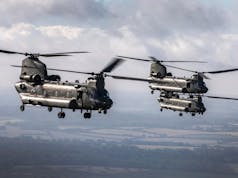
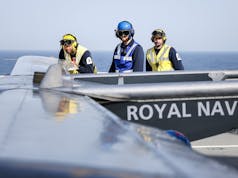
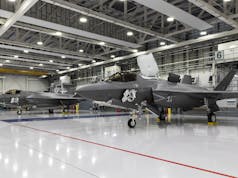
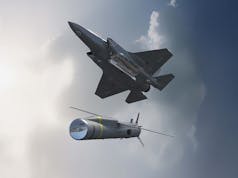

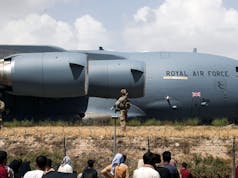

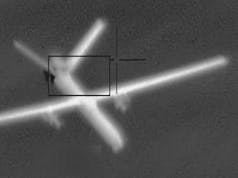

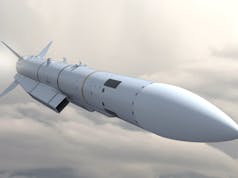

““Our records show that there were no civilian casualties for the period in question” the Ministry of Defence said in a statement accompanying the information.”
This will doubtless have been fangled into “massive civilian casualties” once upon a time, but one by one the law firms specialising in suing the Armed Forces have been rumbled for the frauds they are. Hopefully our superbly trained people will maintain their hard won reputation for caution with deadly effect.
[…] Tornado GR4 A mid-life upgrade from the original GR1s which were first in service in 1979. The GR4s first saw active service in Operation Desert Fox in 1998. 8 GR4s are currently stationed at RAF Akrotiri for operations against ISIS in Iraq and Syria. They are typically armed with Brimstone missiles and Paveway IV laser guided bombs. GR4s are being steadily replaced by Typhoons and ultimately the F35B (Lightning II). Whilst they are elderly airframes, they have been upgraded and are still extremely capable multi-role combat aircraft. If you want to find out what these ‘clapped out ancient Tornado airframes’ are actually doing in the Middle East, try reading this. […]